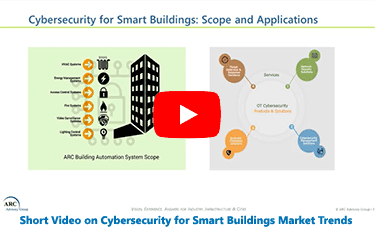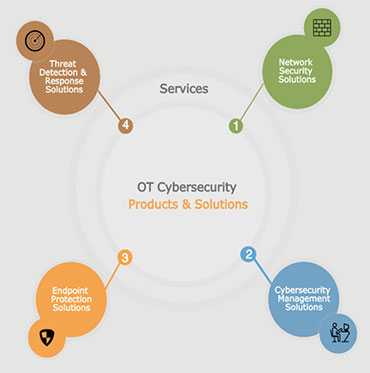

Buildings require reliable 24-hour operation, and the move to innovative technologies such as the IoT, cloud computing, edge computing, and analytics is driving a shift to remote building management and monitoring.
 Adoption of new technologies like edge computing devices, intelligent sensors with wireless capabilities, smart lighting systems, and more is all creating a huge technology shift in the once relatively unchanging world of building automation. Most commercial buildings today implement at least some aspect of “smart” technology or intelligence, even if it is only wirelessly connected thermostats.
Adoption of new technologies like edge computing devices, intelligent sensors with wireless capabilities, smart lighting systems, and more is all creating a huge technology shift in the once relatively unchanging world of building automation. Most commercial buildings today implement at least some aspect of “smart” technology or intelligence, even if it is only wirelessly connected thermostats.
The big push to adopt IoT and remote connectivity has resulted in many connected buildings with remote access, but these remote connections are not always secure. Building automation systems are also frequently left exposed and, historically, have been a vector for cyber-attacks where the attacker gains entry to a building automation system and then uses that to move to the corporate network.
Within the smart cities sector, smart building owner-operators are more aggressive about adopting new technologies such as IoT and remote monitoring, sometimes without fully considering the impact of cybersecurity.
The sophistication of cyber-attacks and vulnerabilities are incredibly dynamic, driving an ongoing need for more sophisticated tools and services. Successful attacks on large, cyber-sophisticated organizations have also demonstrated the limitations of defensive efforts to block intrusions and the importance of active strategies to minimize their impact.
Early detection of changes in endpoint devices and abnormal communications is fundamental to these efforts. Tools to help defenders efficiently investigate and address these events are equally important.
 End users and owner-operators of today’s intelligent buildings are starting to realize the importance of cybersecurity at the IT and OT layers. The OT layer has marked differences in requirements for cybersecurity and continuous, uninterrupted operations. End user and owner-operators must consider the following:
End users and owner-operators of today’s intelligent buildings are starting to realize the importance of cybersecurity at the IT and OT layers. The OT layer has marked differences in requirements for cybersecurity and continuous, uninterrupted operations. End user and owner-operators must consider the following:
This market study may be purchased as a concise, executive-level Market Analysis Report (PDF). Studies and formats available are listed below:
Table of contents is shown in the following paragraphs.
The research identifies all relevant suppliers serving this market.

